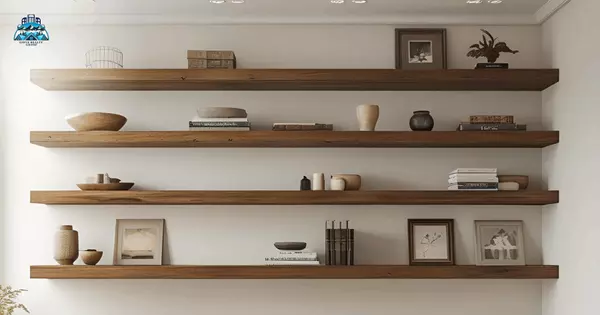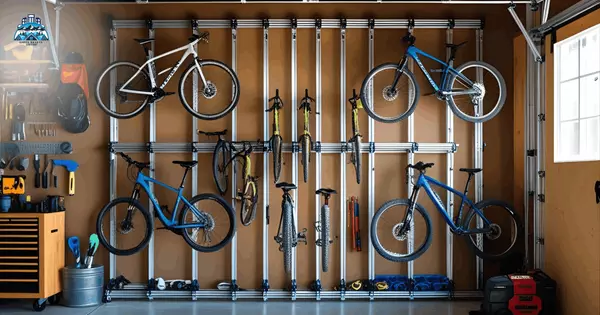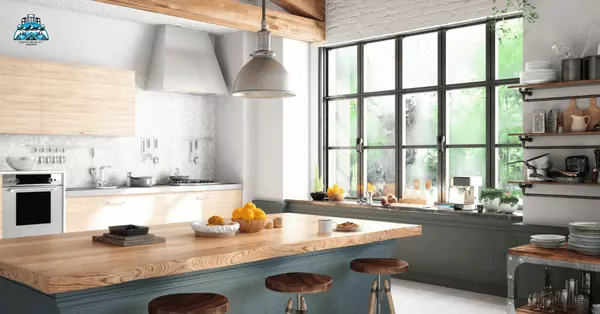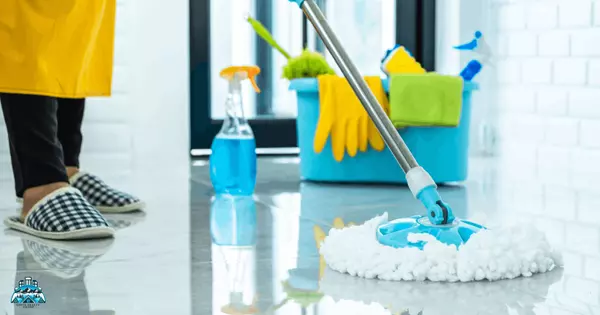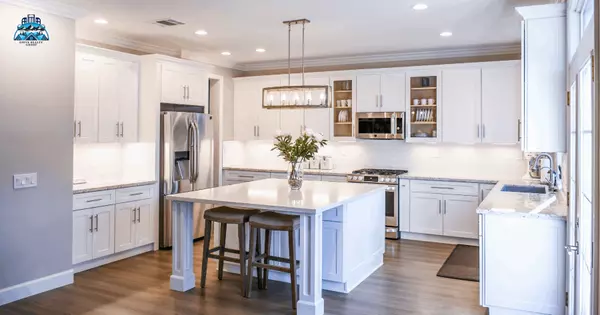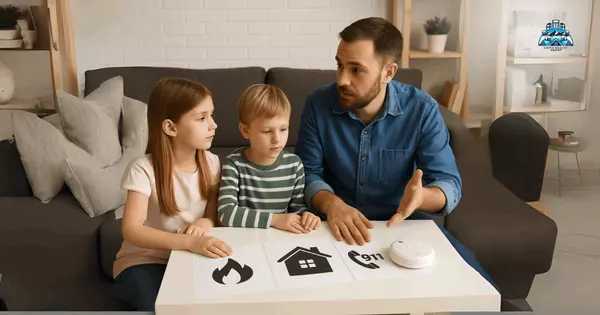How to Reduce Energy Costs in Your Home
Reducing energy costs is a practical way to save money while making your home more environmentally friendly. One of the first steps is to upgrade to energy-efficient appliances. Appliances like refrigerators, washing machines, and dishwashers with energy-saving ratings consume less power, which can lead to lower utility bills. In addition to upgrading appliances, installing a smart thermostat can help you manage your home's heating and cooling more effectively, reducing energy consumption when you're not home or during off-peak hours.
Another important step is to seal any gaps or leaks in your home’s structure to prevent energy loss. Drafty windows or doors can cause heating and cooling systems to work harder, leading to higher energy costs. Installing weatherstripping or using caulk around doors and windows can improve your home’s insulation and prevent drafts. If you live in an area with extreme weather, consider adding insulation to attics or walls to further reduce energy waste. A well-insulated home keeps the temperature stable, requiring less energy to maintain comfort.
Switching to energy-efficient lighting is another easy and affordable way to cut energy costs. LED bulbs use less electricity and last much longer than traditional incandescent bulbs. While the initial cost of LED bulbs might be higher, their long lifespan and energy savings make them a worthwhile investment. In addition, be mindful of your lighting habits by turning off lights when you leave a room and using natural light whenever possible. Motion sensor lights can also help reduce energy use in areas like hallways or bathrooms.
Smart home technology can help you save energy without much effort. In addition to smart thermostats, consider using smart plugs or light bulbs that you can control remotely. These devices allow you to manage energy use from your phone, ensuring that electronics or lights aren’t left on unnecessarily. Smart appliances that optimize energy use, such as washing machines or refrigerators, can further help reduce overall consumption. These small changes can make a significant impact on your energy savings over time.
Regular maintenance of your HVAC system is another crucial step in reducing energy costs. Having your heating and cooling systems inspected regularly ensures they are functioning at their best efficiency. Replacing filters in your HVAC system can also improve air quality while allowing the system to run more efficiently. Keeping ducts clean and free from debris ensures that airflow isn’t obstructed, which can increase your system’s workload. These routine tasks will help keep energy costs under control while maintaining a comfortable indoor environment.
In addition to these tips, developing energy-efficient habits can help reduce costs. Unplugging electronics when they’re not in use or running appliances during off-peak hours can make a noticeable difference. With a few simple changes and the right investments, you can significantly lower your energy consumption while creating a more sustainable home.
Categories
Recent Posts
